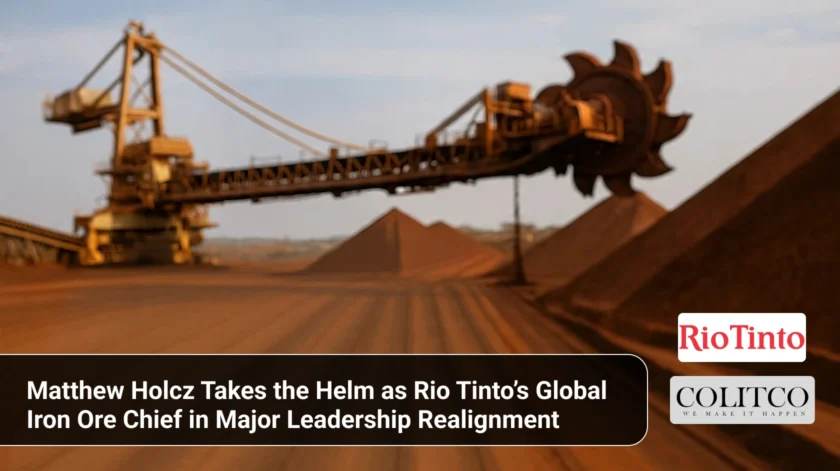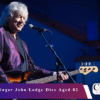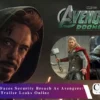Rio Tinto has appointed Matthew Holcz as the new Chief Executive of its global Iron Ore division as part of a major corporate restructuring. The announcement was made public in August 2025, with Mr Holcz beginning his new role overseeing the company’s iron ore operations worldwide. This move integrates Rio Tinto’s Western Australian iron ore mines, its Iron Ore Company of Canada, and the Simandou project in Guinea upon its completion into one unified portfolio.
Holcz Brings Extensive Experience to the Role
Mr Holcz joined Rio Tinto in 2007 and brings over 20 years of mining industry experience. He has worked across operations, major projects, and commercial roles in various commodities and geographies. Most recently, Holcz was Managing Director of Pilbara Mines, overseeing 18 mines in Western Australia’s Pilbara region, one of the world’s largest iron ore producing hubs. His deep knowledge of Pilbara operations positions him well to lead Rio Tinto’s global iron ore business.
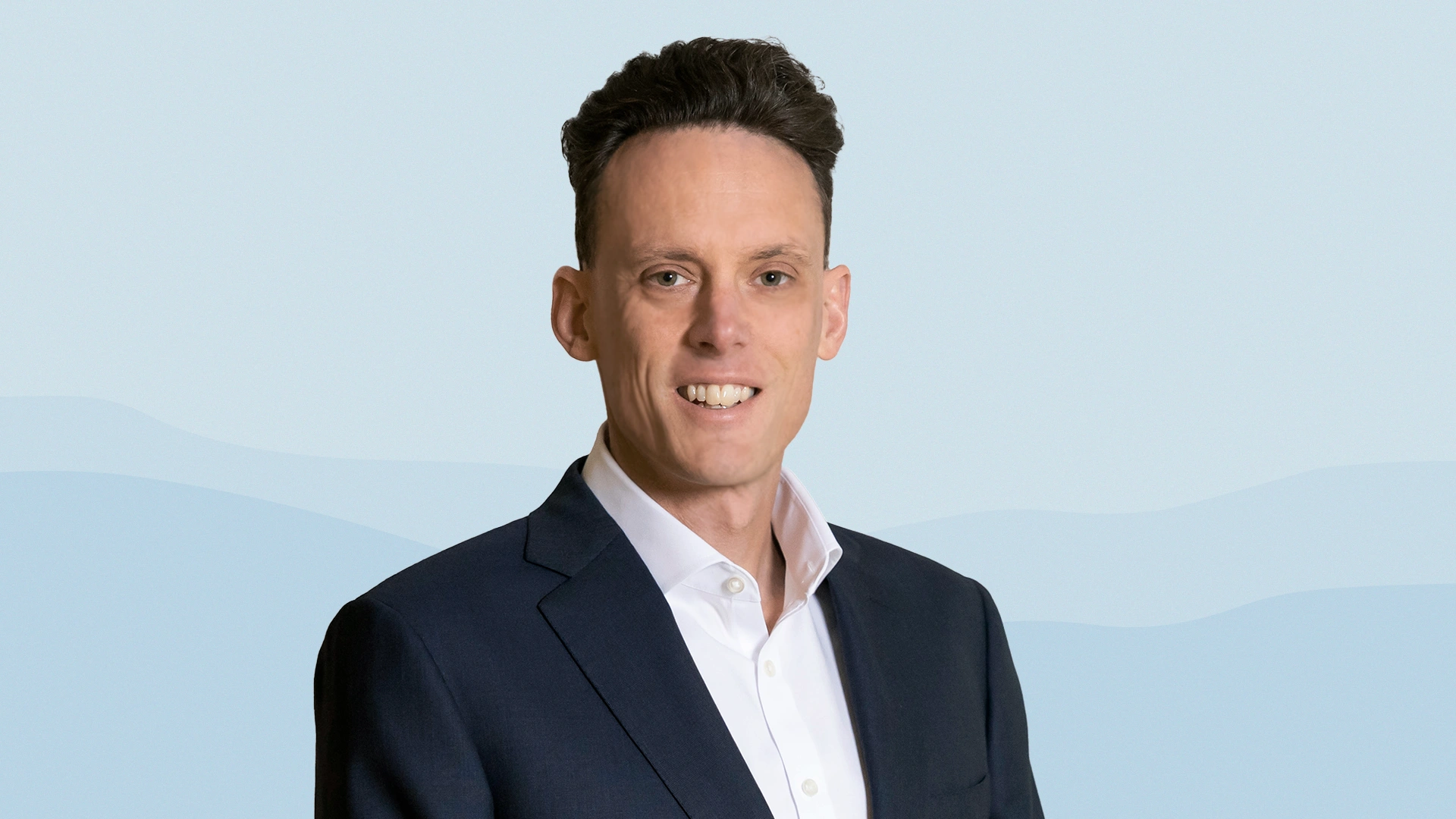
Figure 1: Matthew Holcz, new Chief Executive of the Global Iron Ore division at Rio Tinto
Strategic Integration of Iron Ore Operations
The consolidation under Holcz aligns with Rio Tinto’s strategy to streamline its structure and focus on its most profitable assets. This unified iron ore portfolio allows sharing of best practices, advanced technologies, and operational experience across regions. The integration expects to create a stronger global iron ore business through operational synergies and efficiency improvements.
Rio Tinto’s CEO, Simon Trott, newly appointed in August 2025, stated the restructuring would simplify operations by dividing Rio Tinto into three core divisions: Iron Ore, Aluminium & Lithium, and Copper. Each division will focus on its most lucrative segments. Holcz takes over the iron ore division from Trott, who previously led the segment, emphasizing a clear leadership focus on growth areas.
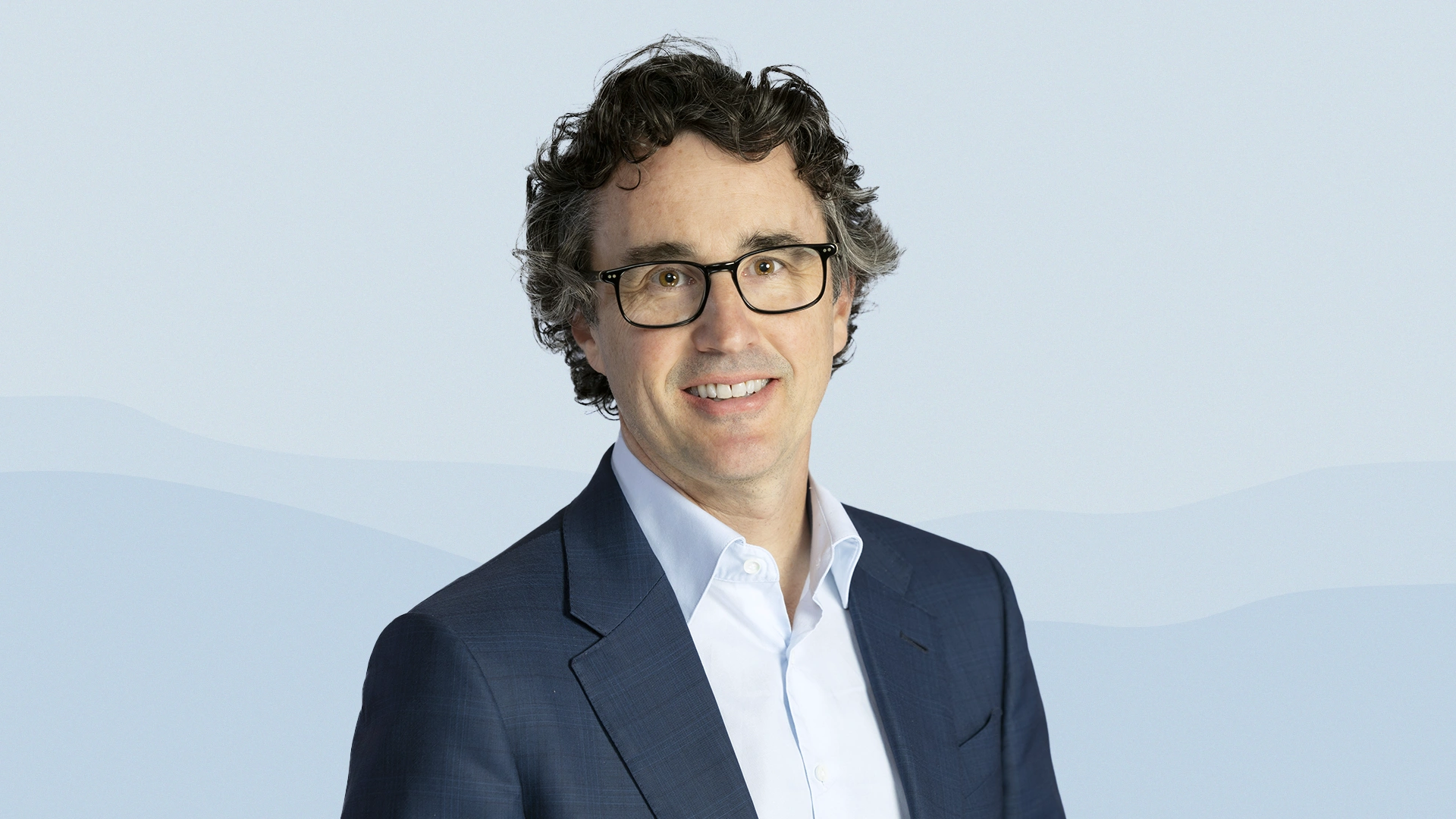
Figure 2: Simon Trott, newly appointed CEO of Rio Tinto
Iron Ore Business Outlook and Key Projects
Rio Tinto forecasts iron ore shipments between 323 and 338 million tonnes in 2025, with a medium-term range of 345 to 360 million tonnes per annum. The company is implementing new replacement projects to address ageing mines in the Pilbara. These include the upcoming Rhodes Ridge operation, expected to support a 40 million tonnes per annum production profile, and the Western Range operation slated for first ore in early 2025.
Other mines such as West Angelas, Hope Downs 1, Brockman 4, and Greater Nammuldi will contribute additional production, projected to collectively add 130 million tonnes per annum over coming years. These new projects aim to offset anticipated production declines from older mines.
Simandou Project in Guinea is a key future asset. Its high-grade ore, approximately 65% iron content, should enhance Rio Tinto’s overall product quality. This is significant as steelmakers increasingly prioritise higher-grade iron ore. The first shipment from Simandou is expected around November 2025, with up to 1 million tonnes in 2025, contributing to Rio Tinto’s global production mix.
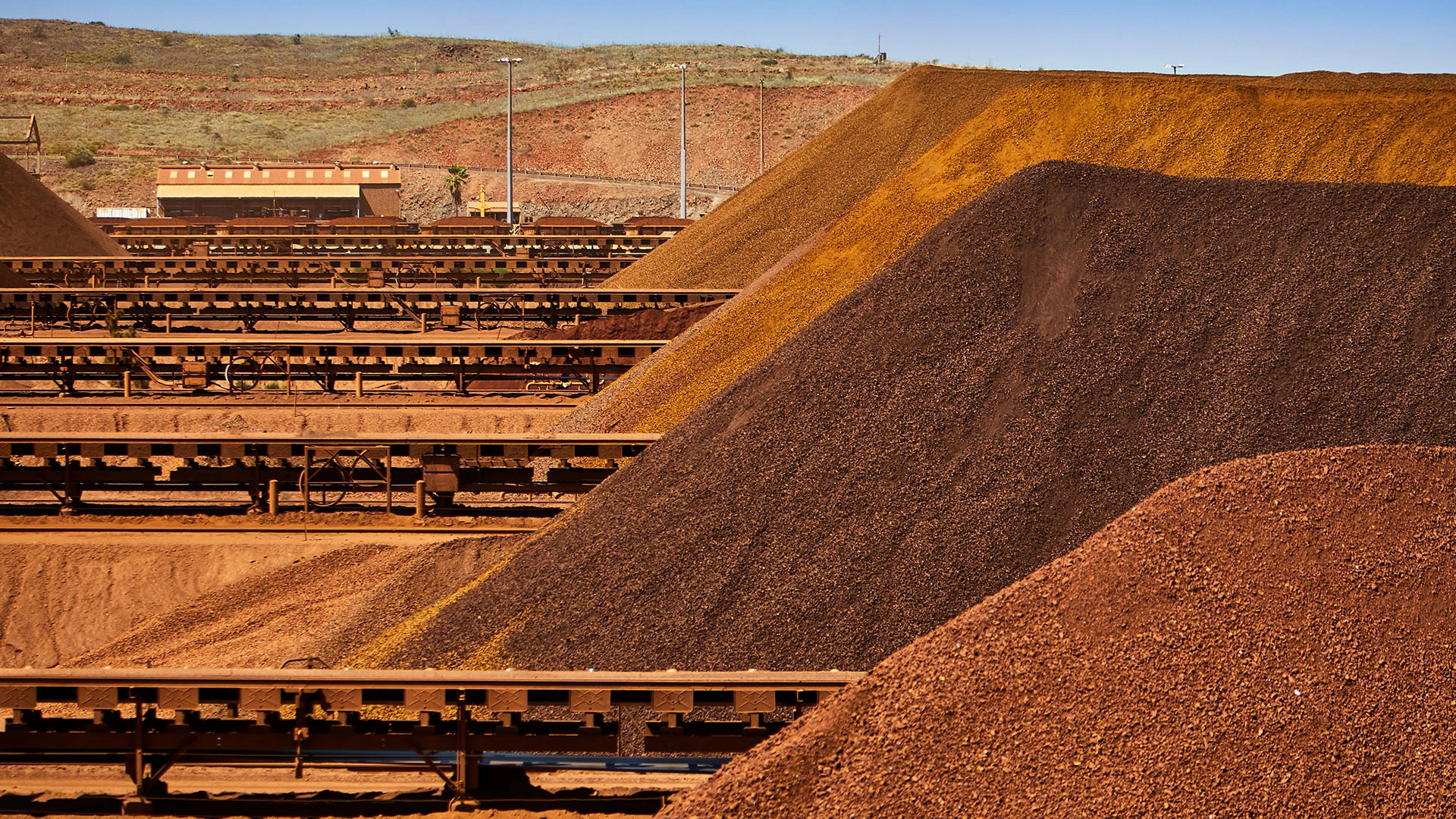
Figure 3: Pilbara Operations, piles of iron ore at Cape Lambert, Australia
Operational Efficiencies and Technological Advances
Rio Tinto is pursuing efficiency gains through its Safe Production System, recording a 6 per cent increase in drill productivity, a 2.5-tonne rise in average payload per load, and a 3 per cent volume increase per train in the nine months to September 2024 compared to 2023. These improvements aim to enhance productivity across the Pilbara value chain under Holcz’s leadership.
Also Read: Platinum Asset Management Merger 2025: Annual Report and L1 Capital Deal
Future of Rio Tinto’s Corporate Structure
Alongside the iron ore restructure, Rio Tinto created Aluminium & Lithium and Copper divisions. Aluminium and Lithium combine Atlantic and Pacific aluminium activities with the recently acquired Arcadium Lithium business. Copper remains focused on expanding operations like the Oyu Tolgoi mine in Mongolia.
Operations outside these three divisions, including Borates and Iron & Titanium, will undergo strategic review under the chief commercial officer. Rio Tinto announced that Sinead Kaufman, overseeing the Minerals division, will leave after nearly 30 years with the company.
Conclusion
Matthew Holcz’s appointment as Chief Executive of Rio Tinto’s global Iron Ore business marks a significant leadership shift. With extensive Pilbara experience, he will guide the integration of Rio Tinto’s iron ore assets in Australia, Canada, and Guinea. This consolidation aims to enhance operational efficiency and product quality amid evolving market demands. Rio Tinto’s streamlined structure under CEO Simon Trott will focus on its most profitable sectors, preparing the company for future growth and competitive positioning in the global mining industry.

